3000-year-old Egyptian fort that guarded kingdom against mysterious ‘sea peoples’ uncovered
Artefacts shed light on daily lives, religious beliefs, and military activities of Egyptian soldiers
Your support helps us to tell the story
From reproductive rights to climate change to Big Tech, The Independent is on the ground when the story is developing. Whether it's investigating the financials of Elon Musk's pro-Trump PAC or producing our latest documentary, 'The A Word', which shines a light on the American women fighting for reproductive rights, we know how important it is to parse out the facts from the messaging.
At such a critical moment in US history, we need reporters on the ground. Your donation allows us to keep sending journalists to speak to both sides of the story.
The Independent is trusted by Americans across the entire political spectrum. And unlike many other quality news outlets, we choose not to lock Americans out of our reporting and analysis with paywalls. We believe quality journalism should be available to everyone, paid for by those who can afford it.
Your support makes all the difference.Archaeologists have uncovered a 3,000-year-old fort that defended the ancient kingdom against the invading “sea peoples” tribes from near the eastern Mediterranean.
Researchers uncovered a series of mudbrick building ruins in northwestern Egypt, including remains of military barracks for soldiers and storage rooms for weapons, food, and provisions from the New Kingdom era spanning 1550BC to 1070BC.
They also found several artefacts and personal items belonging to Egyptian soldiers stationed at the Tell Al-Abqain site on the Nile’s Western Delta.
Previous research has hinted that the collapse of several dominant civilisations around 1200BC could be partly attributed to naval raids by the so-called sea peoples, whose exact origins still remain unclear.
The tribe coalition is thought to have managed to settle in a small section of the Mediterranean after its first wave of invasions in northern Egypt.
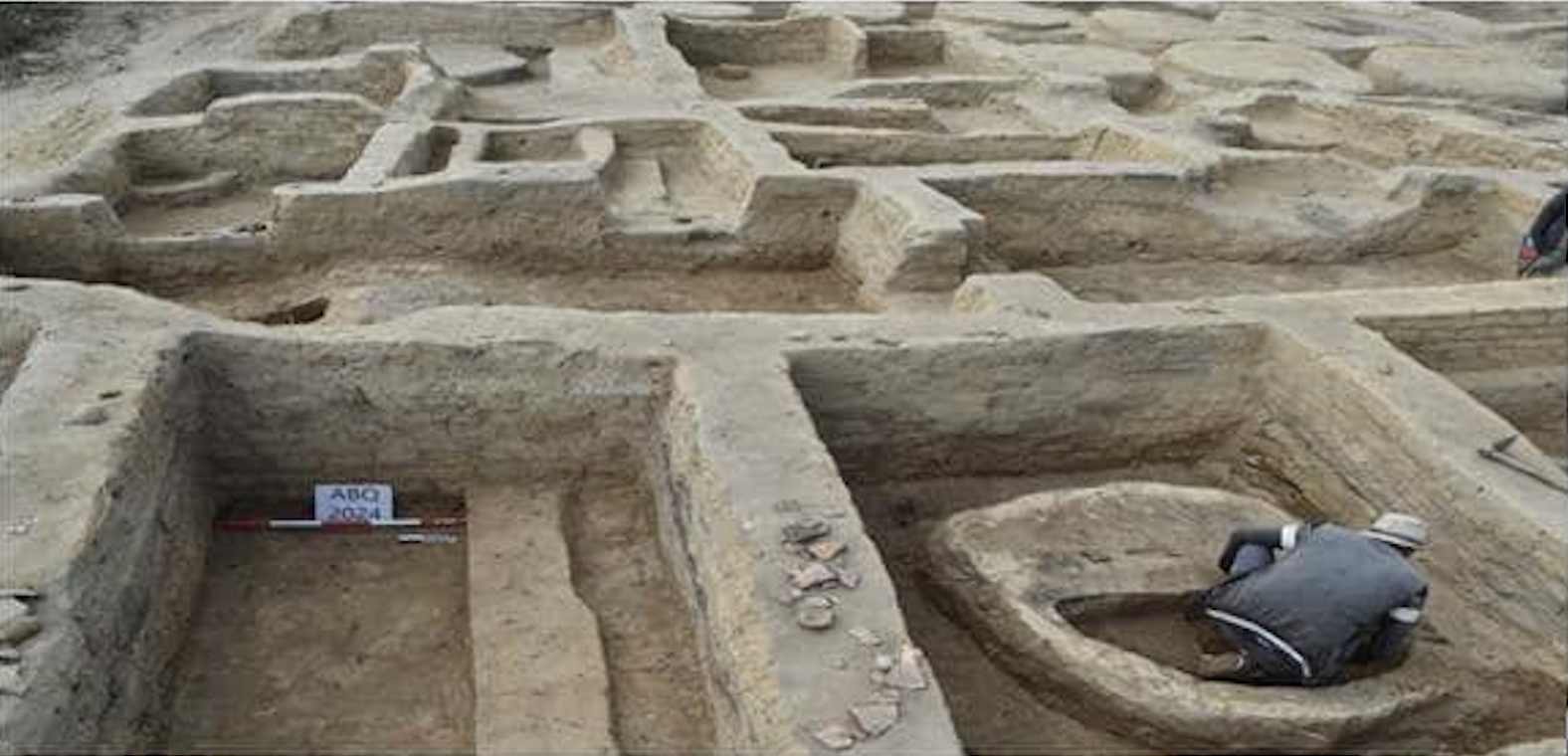
Now, the latest findings seems to confirm the historical importance of forts in northern Egypt guarding the ancient kingdom from invasions by Libyan tribes and the sea peoples.
These buildings were meticulously designed, divided into two identical groups separated by a narrow passage, highlighting the ingenuity of ancient Egyptian engineers, researchers say.
Some parts of these forts served as storerooms to provide daily provisions for soldiers and contained large individual granaries.
These building units were found to contain substantial fragments of broken pottery with remains of fish and animal bones.
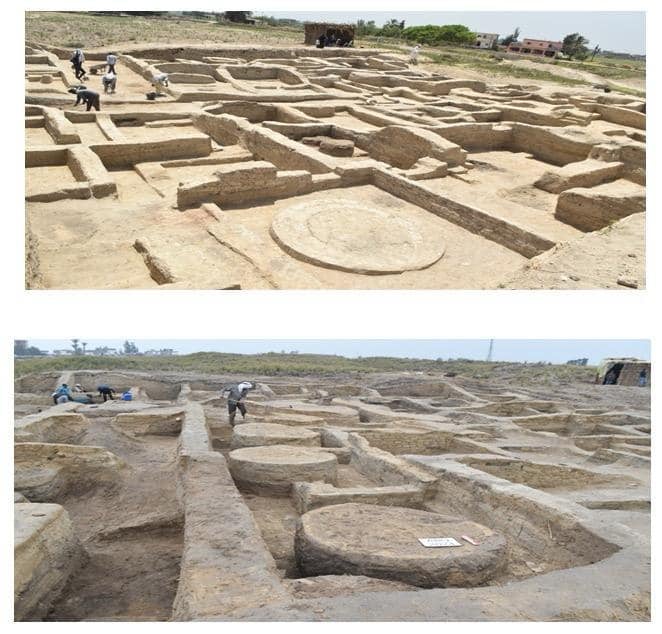
Archaeologists also found cylindrical pottery ovens used for cooking at the site.
The artefacts unearthed in the recent dig reveal insights about the daily lives, religious beliefs, and military activities of the fort’s occupants, which mainly included soldiers.
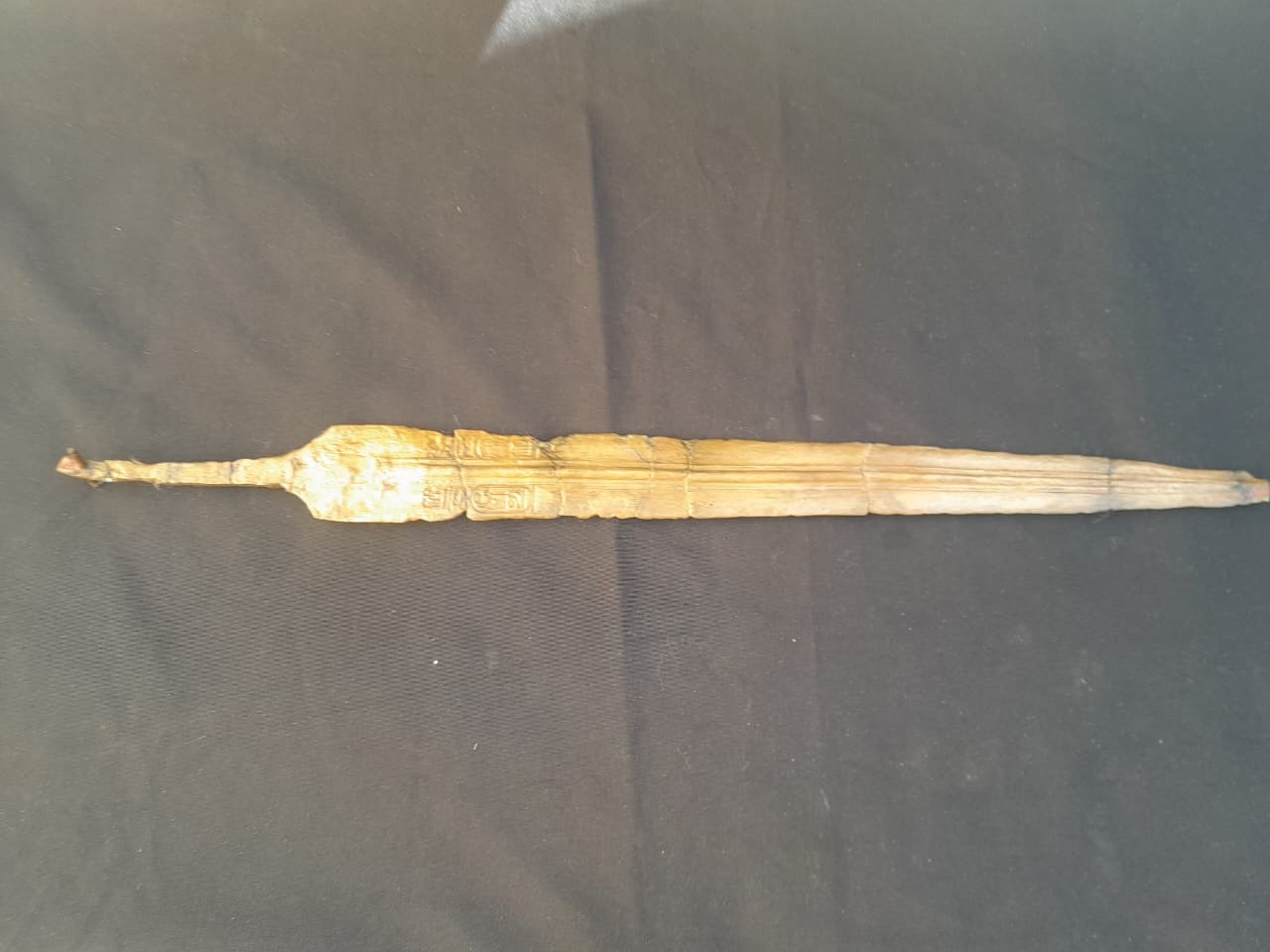
Among other major finds at the site was also a long bronze sword decorated with the cartouche of King Ramesses II.
There were also two limestone blocks unearthed at the site.
One was inscribed with hieroglyphics detailing the titles of King Ramesses II, and the other belonging to an official named “Bay”.
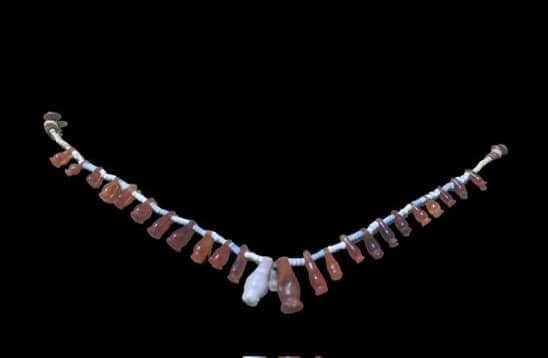
Researchers also found weapons used in battle, hunting tools, personal adornments, and hygiene items such as ivory kohl applicators, carnelian and faience beads, scarabs, and protective amulets.
A burial of a cow was also uncovered, which scientists suspect symbolised strength, abundance, and prosperity.
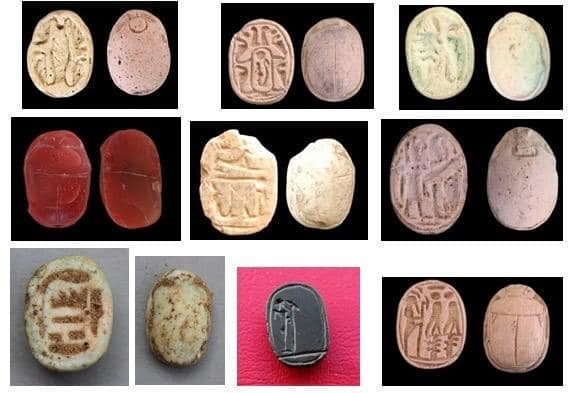
Excavations also uncovered a scarab engraved with “Amun – Lord of the Sky” topped by a lotus flower.
Another scarab bearing an image of the deity “Ptah” was also found along with half of a bronze ring, two necklaces made of faience, and carnelian shaped like pomegranate blossoms.

Join our commenting forum
Join thought-provoking conversations, follow other Independent readers and see their replies
Comments